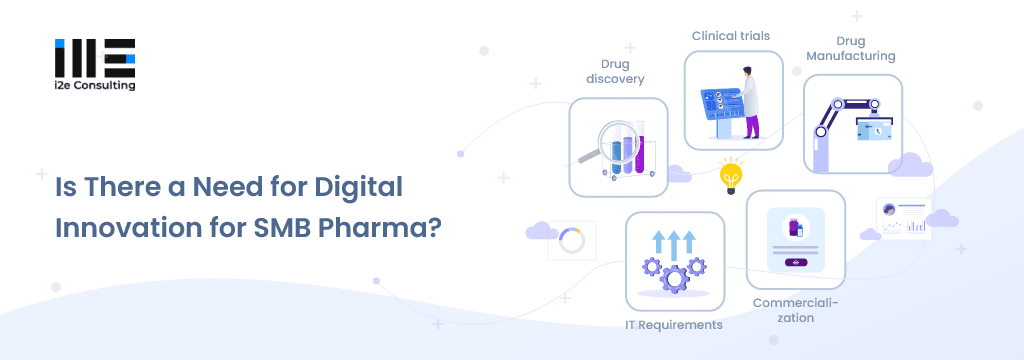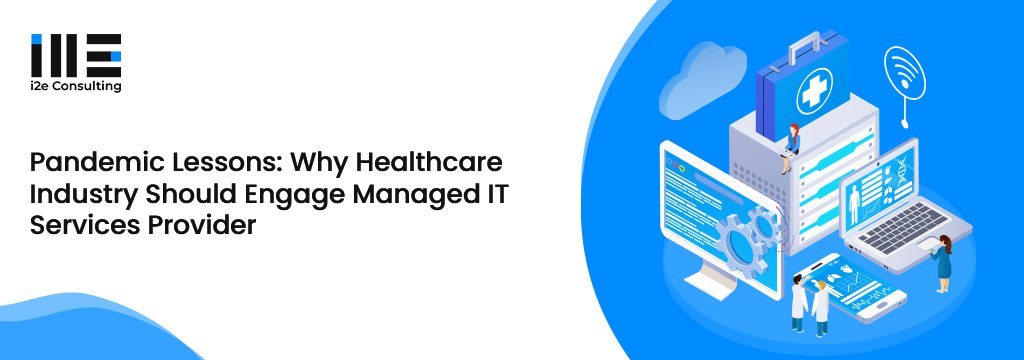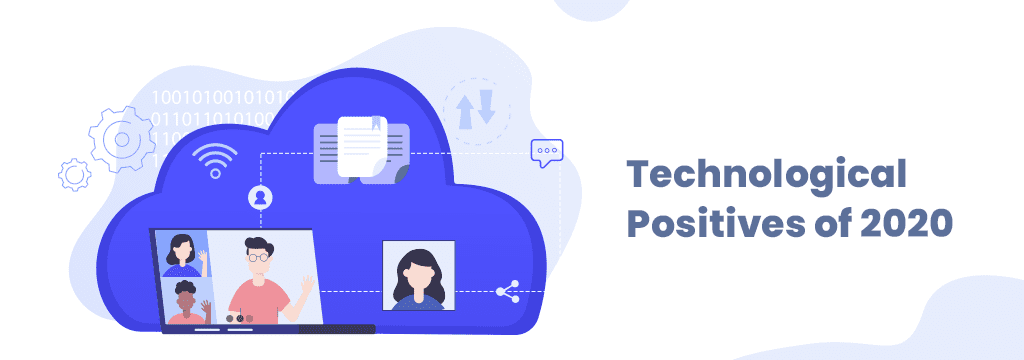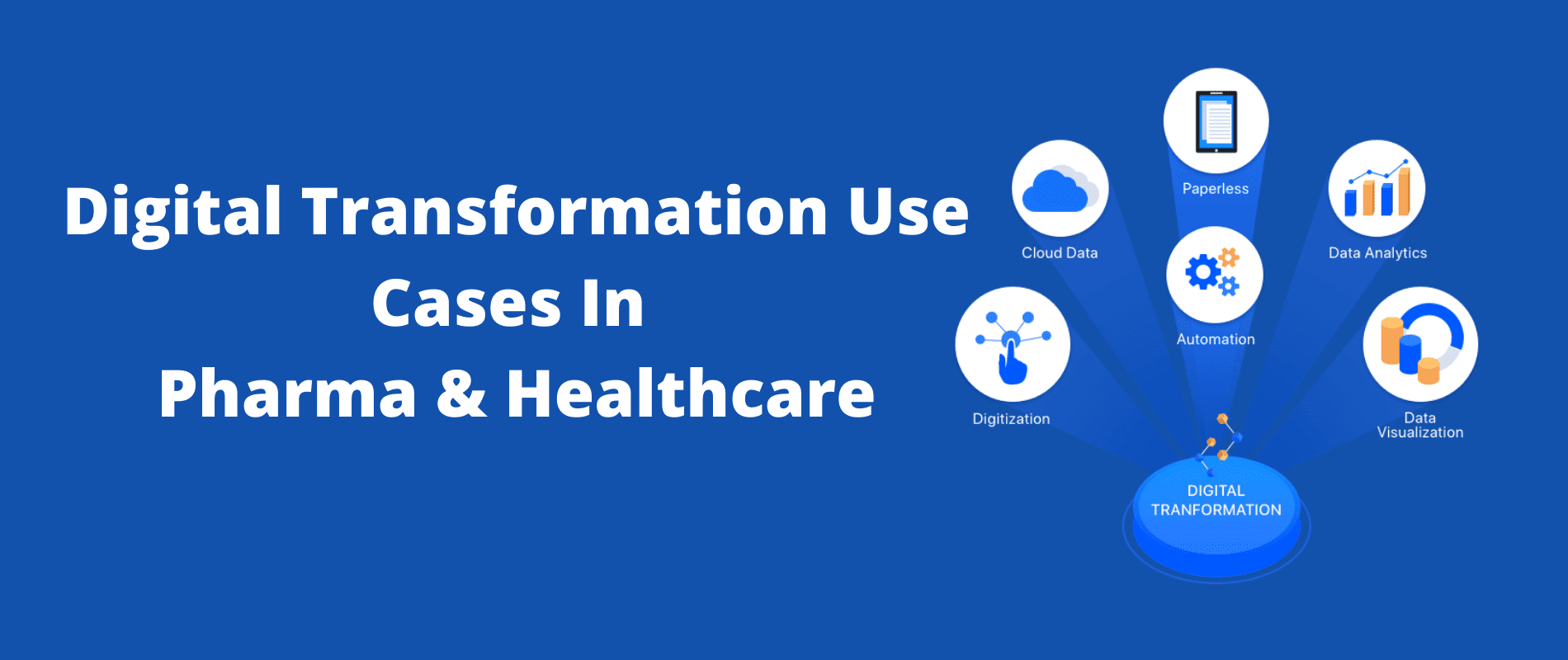
Robotic Process Automation In Pharmaceuticals | RPA Benefits
Robotic Process Automation (RPA) is the technology that enables us to configure computer software, or a ‘robot’ to emulate and integrate the actions of a human interacting within digital systems to execute a business process.
In contrast to traditional technology implementations, Robotic Process Automation allows an organization to incorporate automation at a fraction of the cost and time. RPA implementation offers cost efficiency and consistency without disrupting existing infrastructure systems. Thus, there is minimal migration downtime.
While many businesses have achieved the early success of RPA adoption there are a lot who are yet to catch up on this trend. Through this blog, we will discuss areas in pharmaceuticals which have the potential to increase ROI and factors to look out while adopting RPA.
Areas to drive ROI
Clinical development: Clinical development is the costliest and one of the most critical stages in the life sciences value chain. Though science is sophisticated, the oversight is highly manual and paper-based, involves multiple systems and is prone to human error. RPA works best in rule-based, manual processes. RPA use in clinical development can increase consistency in data entry, quality control. Potentially saving several million dollars a year per clinical trial.
Salesforce operations: Studies suggest that sales reps spend as much as 71% of their time on data entry. Tasks such as inventory, record tracking, reviewing customer feedback are highly manual and can be achieved faster and more accurately with RPA. This will facilitate sales reps to spend more time on actual selling activities or higher-value work like interactions with physicians and hospital groups. Bots as personal assistants will increase responsiveness and relevance of reps.
Supply chain: RPA in the supply chain is catching up rapidly with the introduction of smart systems with cognitive capacities. Supply chain areas like order processing, automated communication exchange, vendor selection, shipment status are ready to make a shift from the traditional technologies like RFID, ERP or CRM. To create a smooth supply chain, organizations should ensure stages are tightly integrated.
Precision Marketing: According to Inc. Magazine, it is 5 to 10 times more expensive to find a new customer than to sell to an existing one, which is why so much effort goes into precision marketing (marketing directed at existing customers). Marketers can leverage RPA to update the information of existing customers whenever there is a new email, or any feedback is shared. In addition, the migration from legacy CRM systems is a lot safer and accurate with RPA. Any tool which can help take a few things of a marketer’s plate is always welcomed.
“Robotic process automation technology usually costs one-third the amount of an offshore employee and one-fifth of an onshore employee.”
These are a few of the many used cases of RPA. Businesses have benefitted from RPA and with the development of technology, it is expanding to newer horizons. However, to reap the maximum benefit of RPA implementation one should thoroughly survey the present working conditions and consider various internal and external factors.
Questions to determine whether a function would benefit from RPA
Here are a few questions are based on internal drivers and external drivers. While people, process and current technology used fall into the internal category, customer, compliance and competition fall into external category.
| Internal Drivers | External Drivers |
| People, Does the functional require critical decision making or is the function rule-based and manual? Does it involve higher operational cost with similar returns in comparison to other processes? | Customer, Are you losing customers to slower response time? Do you struggle with consistent customer usage reports? |
| Process Are the processes transactional? Are they highly repetitive and high in volume too? Do the processes require substantial time to complete resulting in end product realization? | Compliance Do regulatory bodies demand a high dependency on technological solutions? Do compliance bodies have strict timelines for submission or issue resolution? Do you require periodic standard reporting to regulatory bodies? |
| Technology Is your infrastructure ready for automation in the near future? Do the systems have enough processing power to handle the various automated transaction? Does the function utilize systems that can share centralized data? | Competition Are you losing out to your competitors over efficiency and new technologies? Are your competitor’s able answer regulatory bodies on time? Do you have a higher labour cost? |
Pharmaceutical companies typically involve highly regulated environments and any automated decision-making function here would require extensive validation along with solid-state control. The RPA market is exploding and is expected to hit $1.7 billion this year. If you haven’t already made the leap to RPA this blog, hopefully, sets you on the right track.
Resources:










